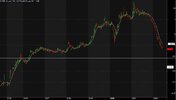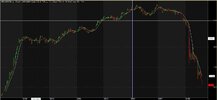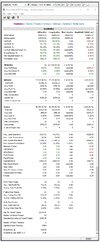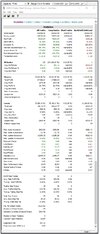MovingAverage
Just a retail hack
- Joined
- 23 January 2010
- Posts
- 1,315
- Reactions
- 2,565
Really, so ZIP is an outlier is it? I've got plenty of more examples if you need them--just let me know?Yeah but look at the trend before that, it had already dropped about 60 to 70%. Rarely does something go from a strong trend to complete capitulation, but like I said anything can happen and no doubt it would have before.
That is just a good example of why you ride stocks up and not down











